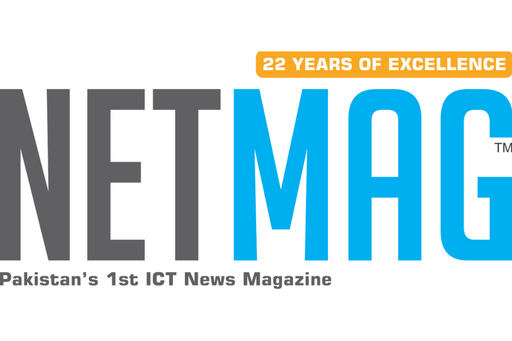Moody’s Investors Service has upgraded Pakistan’s local and foreign currency issuer and senior unsecured debt ratings to Caa2 from Caa3, reflecting improved macroeconomic conditions and better government liquidity and external positions, albeit from very weak levels. The rating agency has also upgraded the senior unsecured Medium-Term Note (MTN) program to (P)Caa2 from (P)Caa3, with a positive outlook for Pakistan’s future economic prospects.
The upgrade to Caa2 indicates reduced default risk, consistent with Pakistan’s stabilizing economic indicators. This improvement follows Pakistan’s recent staff-level agreement with the International Monetary Fund (IMF) on a 37-month Extended Fund Facility (EFF) of $7 billion, which has bolstered confidence in Pakistan’s external financing. Moody’s expects the IMF Board to approve this agreement in the coming weeks, which could further enhance Pakistan’s financial stability.
READ MORE: IT Ministry Clarifies Delay in Elon Musk’s Starlink Launch in Pakistan
Pakistan’s foreign exchange reserves have nearly doubled since June 2023, although they remain insufficient to fully meet external financing needs. Despite this, the country continues to depend heavily on timely financial support from official partners to meet its external debt obligations. Pakistan’s Caa2 rating still reflects significant vulnerabilities, including very weak debt affordability, with interest payments consuming a large portion of government revenue.
The positive outlook from Moody’s suggests the potential for further improvement in Pakistan’s fiscal health, particularly if the government can reduce liquidity and external vulnerability risks more effectively than currently anticipated. Successful implementation of reforms, particularly revenue-raising measures, could expand the government’s revenue base and improve debt sustainability. Continued progress with the IMF program would also unlock additional financing from international partners, crucial for meeting external debt obligations and rebuilding foreign exchange reserves.
Moody’s also upgraded the backed foreign currency senior unsecured ratings for The Pakistan Global Sukuk Programme Co Ltd to Caa2, reflecting the government’s direct obligations. The outlook for this entity is also positive, mirroring the broader economic outlook for Pakistan.
Furthermore, Pakistan’s local and foreign currency country ceilings have been raised to B3 and Caa2, respectively, from Caa1 and Caa3. The gaps between these ratings and the sovereign rating are due to the government’s significant role in the economy, weak institutions, and the high risks associated with political and external vulnerabilities. The foreign currency ceiling remains lower than the local currency ceiling due to incomplete capital account convertibility and policy weaknesses, along with the risk of transfer and convertibility restrictions.
Although the immediate risk of a balance of payments crisis has diminished, Pakistan remains reliant on continued and timely financing from official partners to meet its needs over the next two to three years. The IMF agreement, once finalized, is expected to support additional financing from multilateral and bilateral partners, which will be crucial for maintaining economic stability.
Pakistan’s external financing needs are estimated at approximately $26 billion for fiscal year 2025, including $22 billion for external principal debt repayments and $4 billion to finance the current account deficit. Moody’s expects Pakistan to cover these needs with official financing, though there is uncertainty about the government’s ability to sustain reform implementation, especially given the political landscape following the February 2024 elections. The coalition government may face challenges in pushing through necessary revenue-raising measures without provoking social unrest.
While Pakistan’s debt affordability is projected to remain very weak, gradual fiscal consolidation is underway. The government aims to reduce the fiscal deficit and increase tax revenue significantly in fiscal 2025, although Moody’s expects the pace of consolidation to be slower than the government predicts due to potential social tensions from large tax increases. Despite these challenges, the positive outlook reflects the possibility of achieving a more robust fiscal position than currently expected, especially if the government maintains a track record of effective reforms.
Additionally, potential investments from Saudi Arabia and the United Arab Emirates, amounting to $15 billion, could significantly strengthen Pakistan’s foreign exchange reserves if realized. The government’s efforts to broaden the tax base, particularly by targeting the agriculture, retail, and export sectors, could further improve debt affordability if these measures are successfully implemented and sustained.




